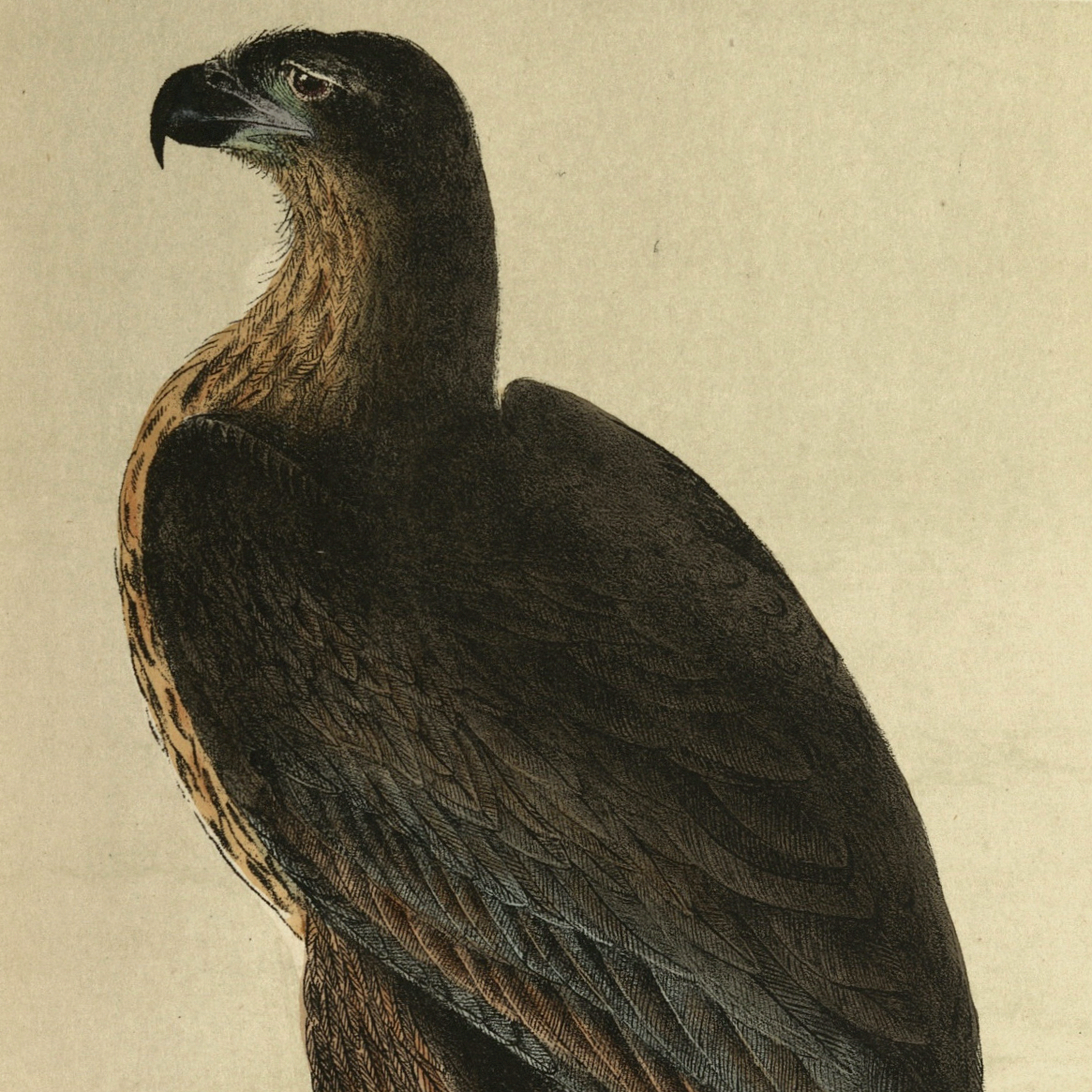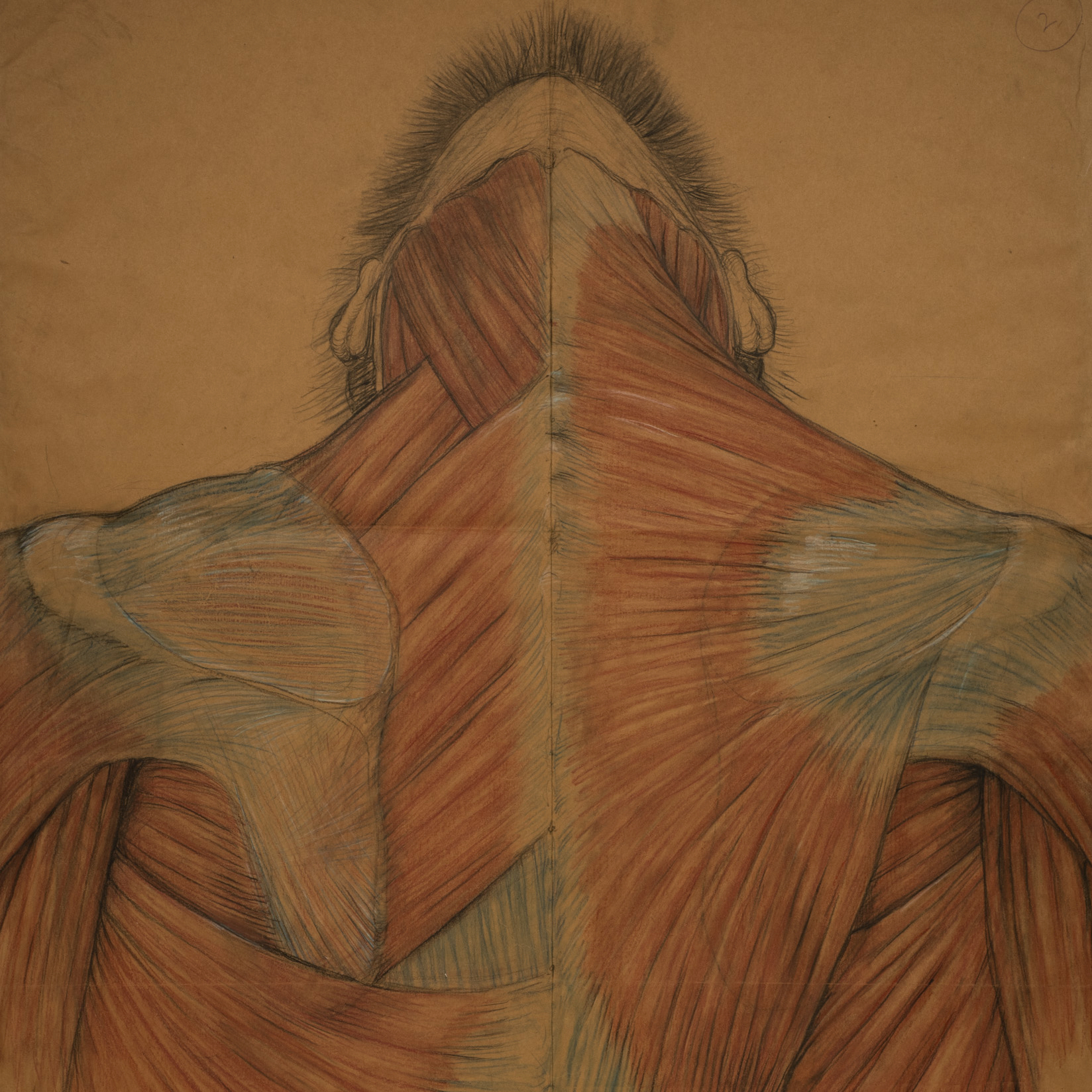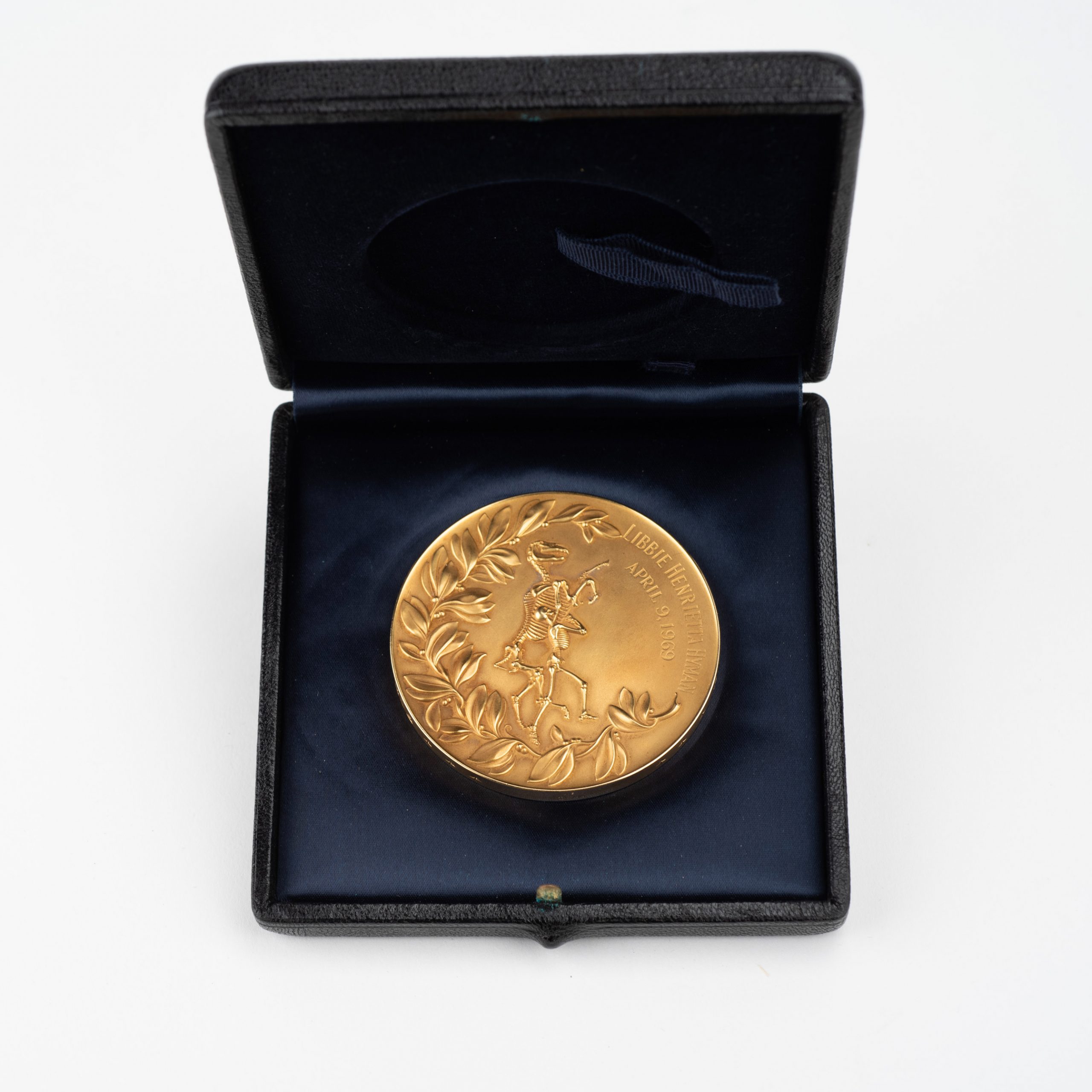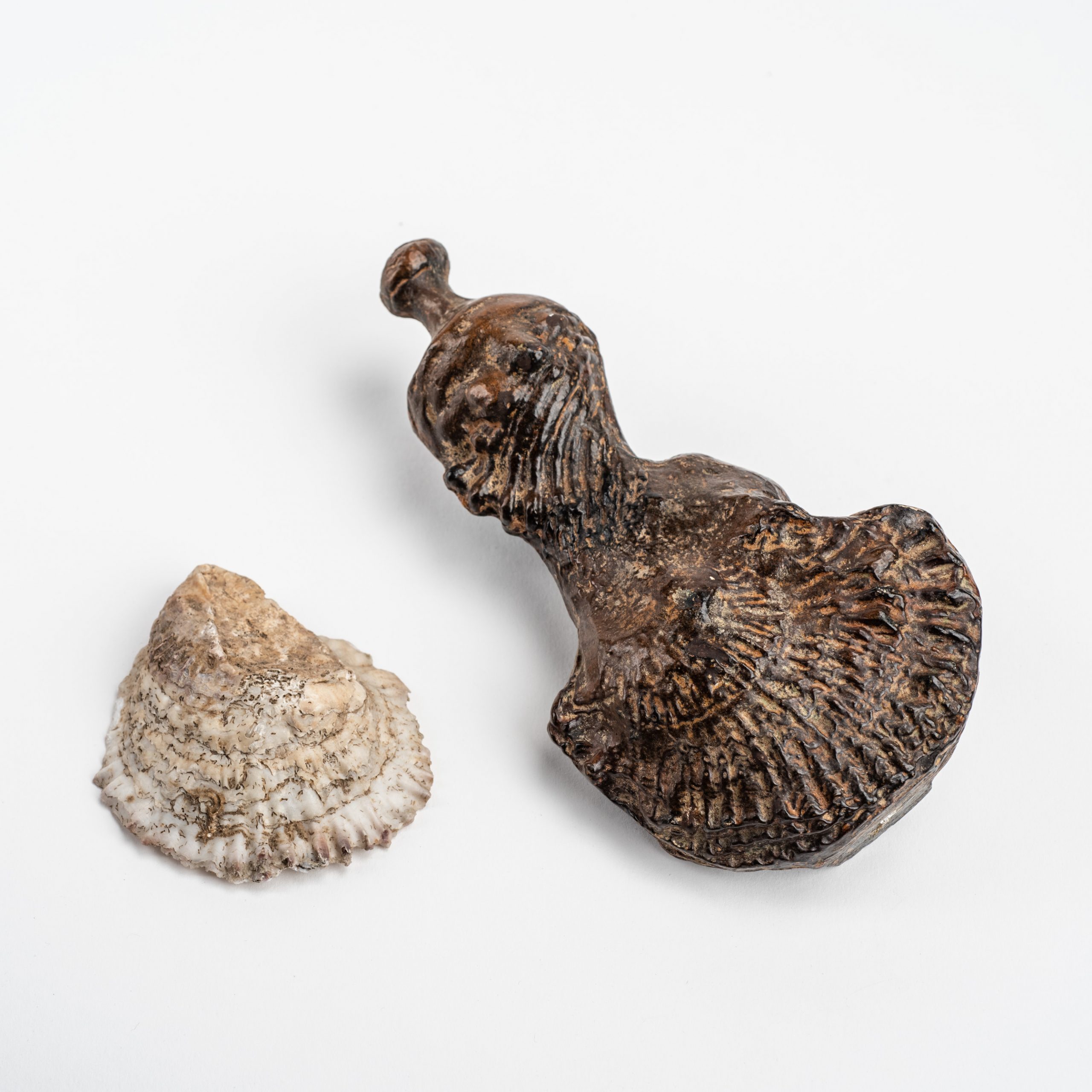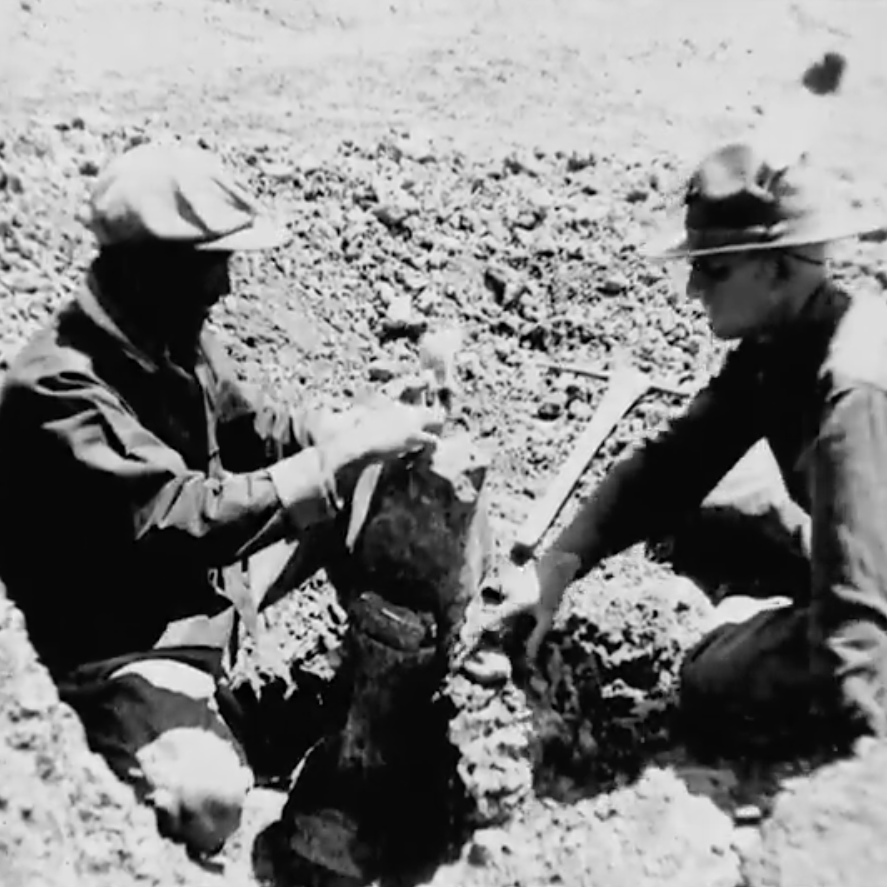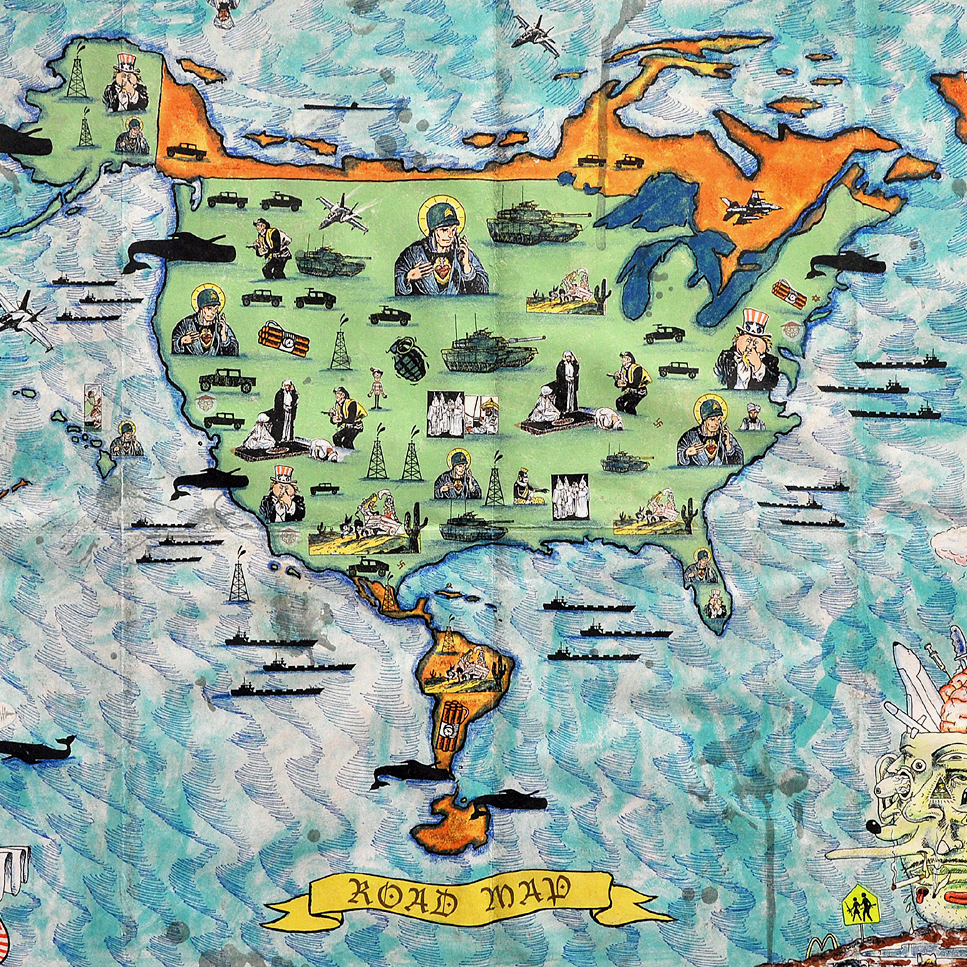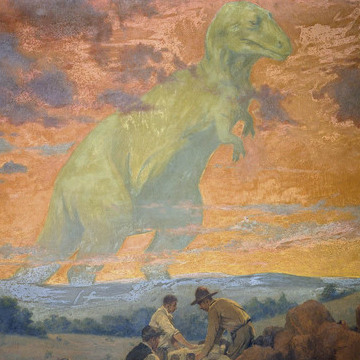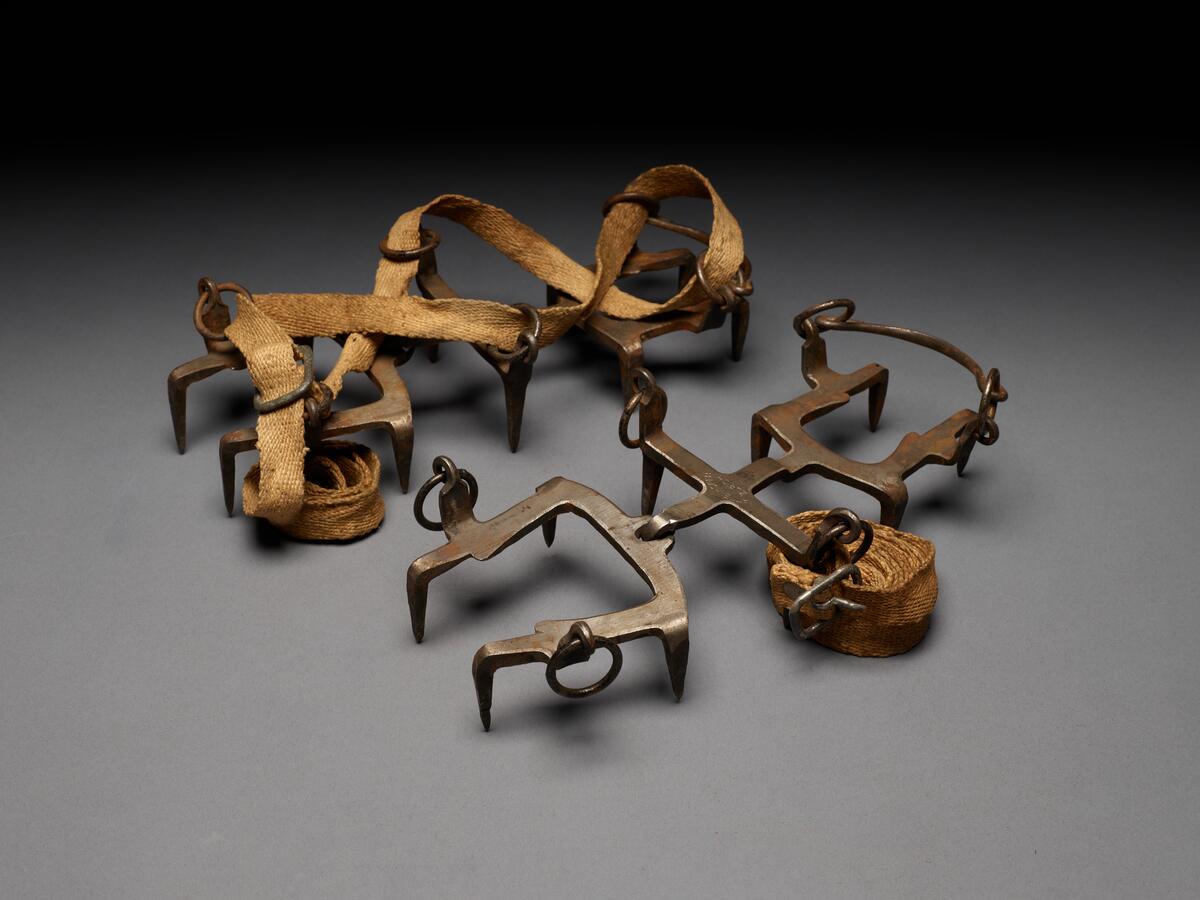
Lincoln Ellsworth’s 10 point Eckenstein Style Crampons
Worn by Lincoln Ellsworth (May 12, 1880 – May 26, 1951) during one or more of his four expeditions to Antarctica between 1933-1939.
Circa 1930s
Each: 11.25 x 39.5 x 2 1/8 D inches
Adolf Attenhoffer, Zurich, Switzerland
Hand wrought iron and cotton strap
Stamped “Attenhoffer/Zurich”
“To strive, to seek, to find, and not to yield.”
-Alfred Lord Tennyson from Ulysses; inscribed on Lincoln Ellsworth’s headstone.
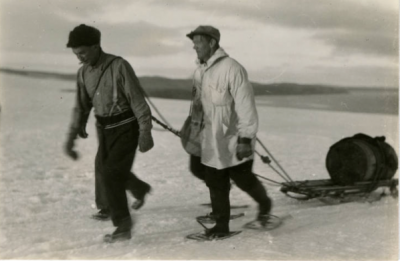
Often forgotten at the bottom of the globe, Antarctica surfaces in the popular imagination as a sort of fantasy—of wintry landscapes and adorable wildlife—or, increasingly, a rhetorical figure for climate change; it is easy, therefore, to forget that Antarctica is an actual place, one that has attracted scientists and explorers for its rich ecosystem and history and also, sometimes, with nationalistic and economic motivations. Lincoln Ellsworth (1880–1951) was a famous polar explorer, as well as a benefactor of the American Museum of Natural History, who helped to map the vast, still-unknown geography of Antarctica. Between 1933 and 1938, Ellsworth surveyed thousands of miles of Antarctica from the vantage of a plane and, along with his crew, trekked across the surface of the continent to gather specimens of the wildlife that they found there. The dangerous, ice-covered physical environment was rendered more accessible to researchers thanks to then-current technological advances in mountaineering equipment.
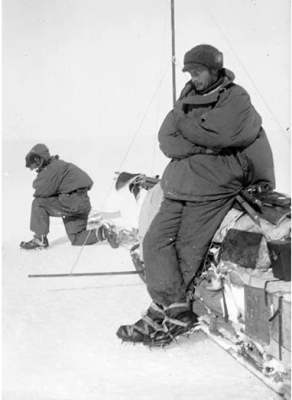
In 1909 the English engineer Oscar Eckenstein asked Henry Grivel, a blacksmith who lived in the Alpine town of Courmayeur, to manufacture the first modern crampons to facilitate ice climbing. In 1929, Henry’s son Laurent made the brilliant invention of two more points, facing forwards, allowing climbers to stand face on whilst attacking the steep ice and snow gradients. In 1936, in collaboration for the first time with the Cogne steelworks, Amato Grivel, Laurent’s younger brother, using the Chromolly alloy (Nickel-Chrome-Molybdenum), to create a super strong crampon, thinner and therefore lighter.
Although remembered more for his flight investigations, Ellsworth’s on-the-ground travels were significant. His set of crampons were therefore crucial to his explorations. These spiked, metal foot soles attached to the bottom of his boots and allowed him to cross or climb icy surfaces without slipping. In short, they protected him and became an extension of his own body, an intimacy easily forgotten.
The crampons are stamped Attenhofer, Zurich. Attenhofer was one of dozens of such winter sports and mountaineering gear suppliers operating in Switzerland in the early 20th century. Adolf Attenhofer was a skiing champion, who became a ski and skiing equipment maker and developer from the 1920s to the 1950s.
These Attenhofer crampons were likely something that Ellsworth put on unthinkingly when needed, and yet they were also vital to the success of his mission. The tools and equipment at an explorer’s disposal shape what sort of information they can gather, what places they can access, and how they can transport their findings. More than mere memorabilia from the expedition, these crampons enabled some of the knowledge that Ellsworth was able to produce during his encounters in the Antarctic.
Written by Daniel Pfeiffer and Joel Sweimler
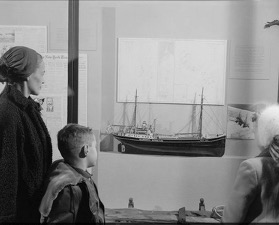
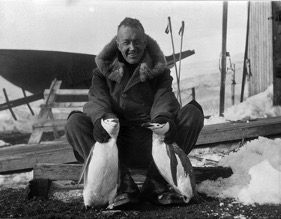
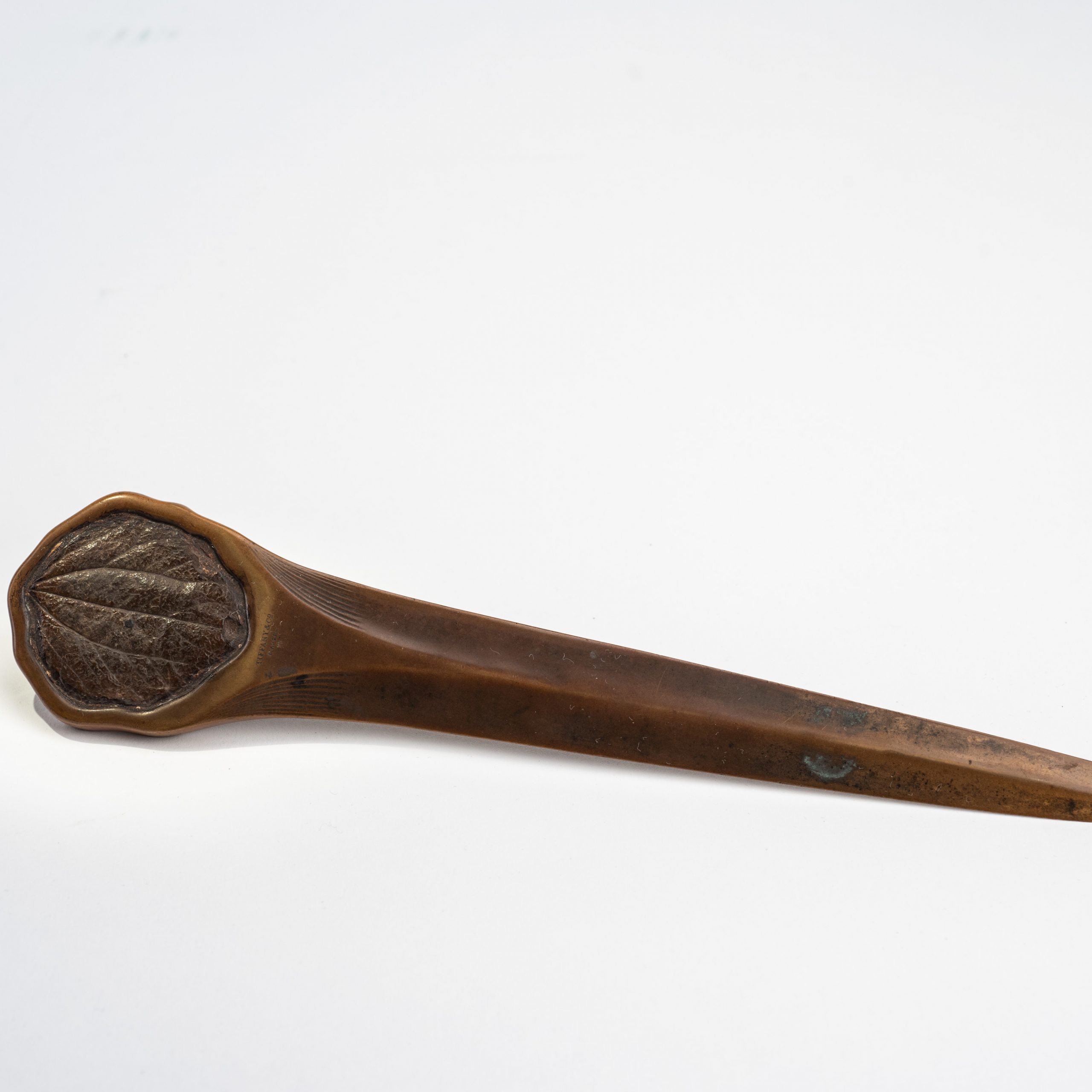
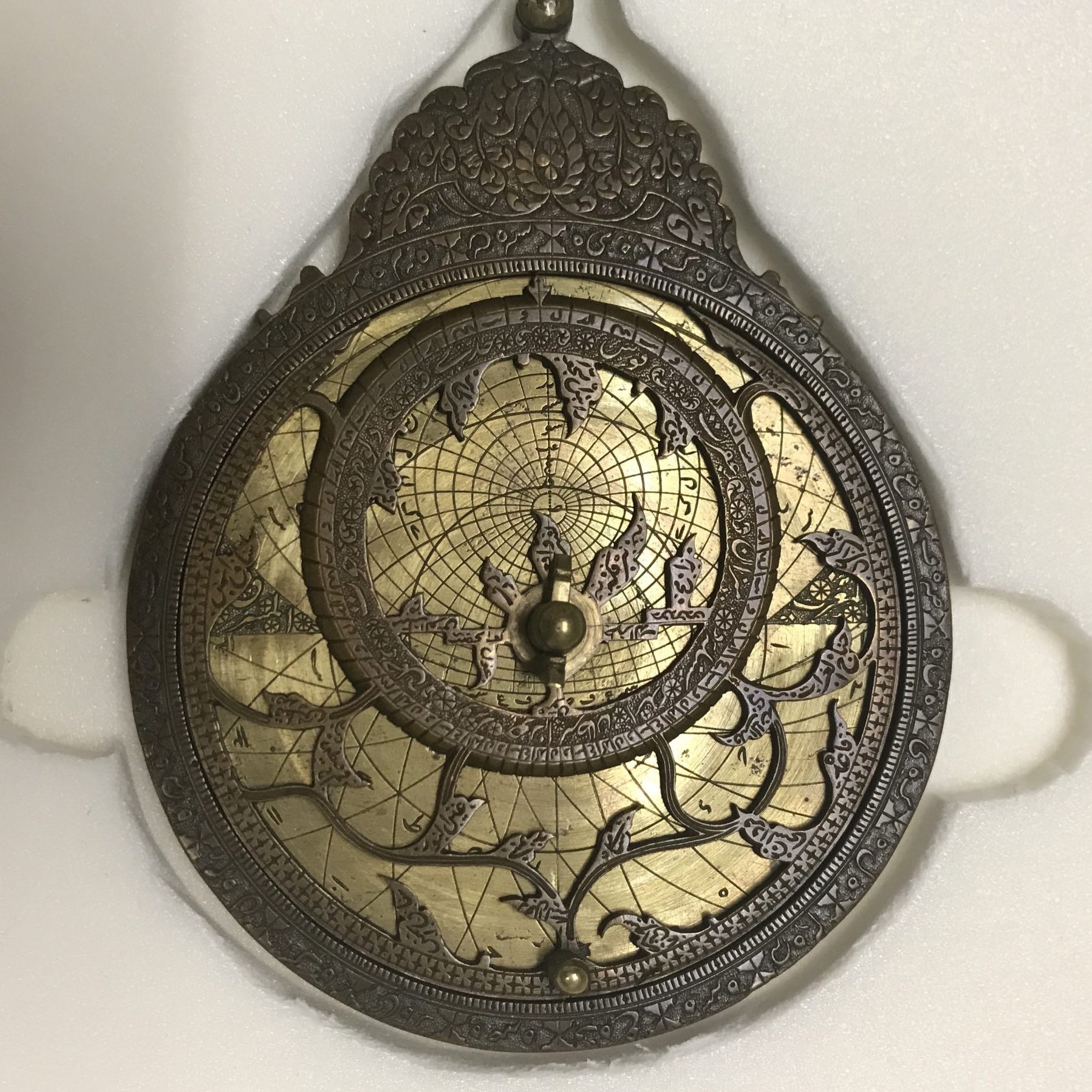


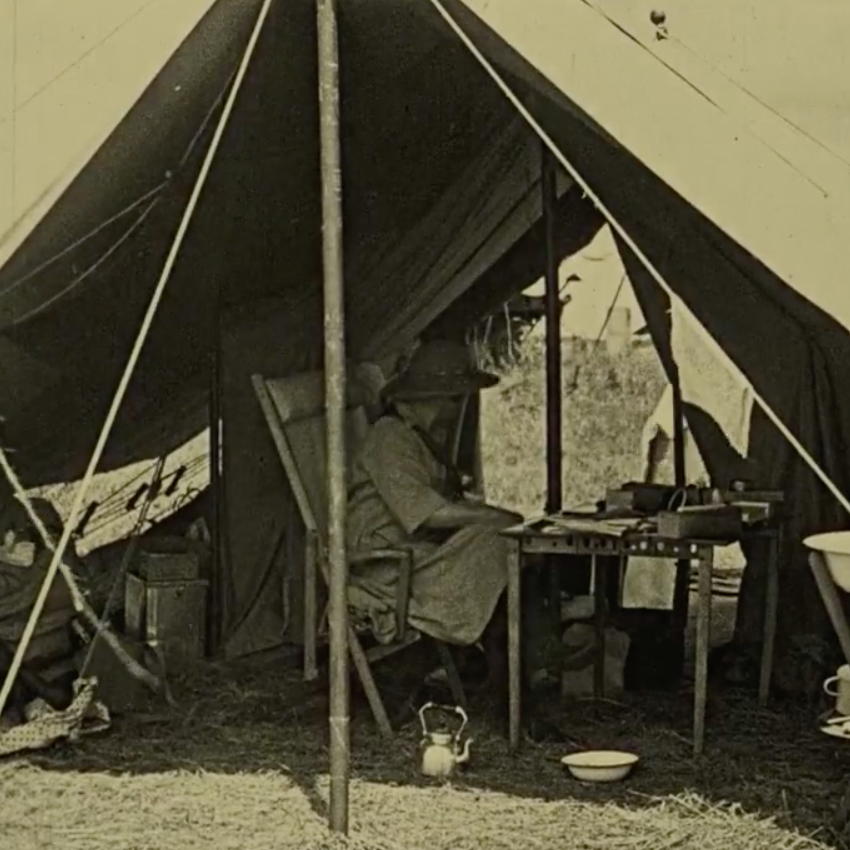
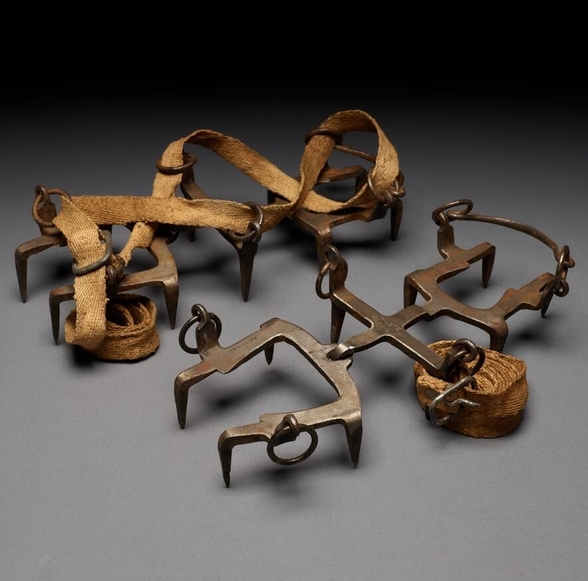
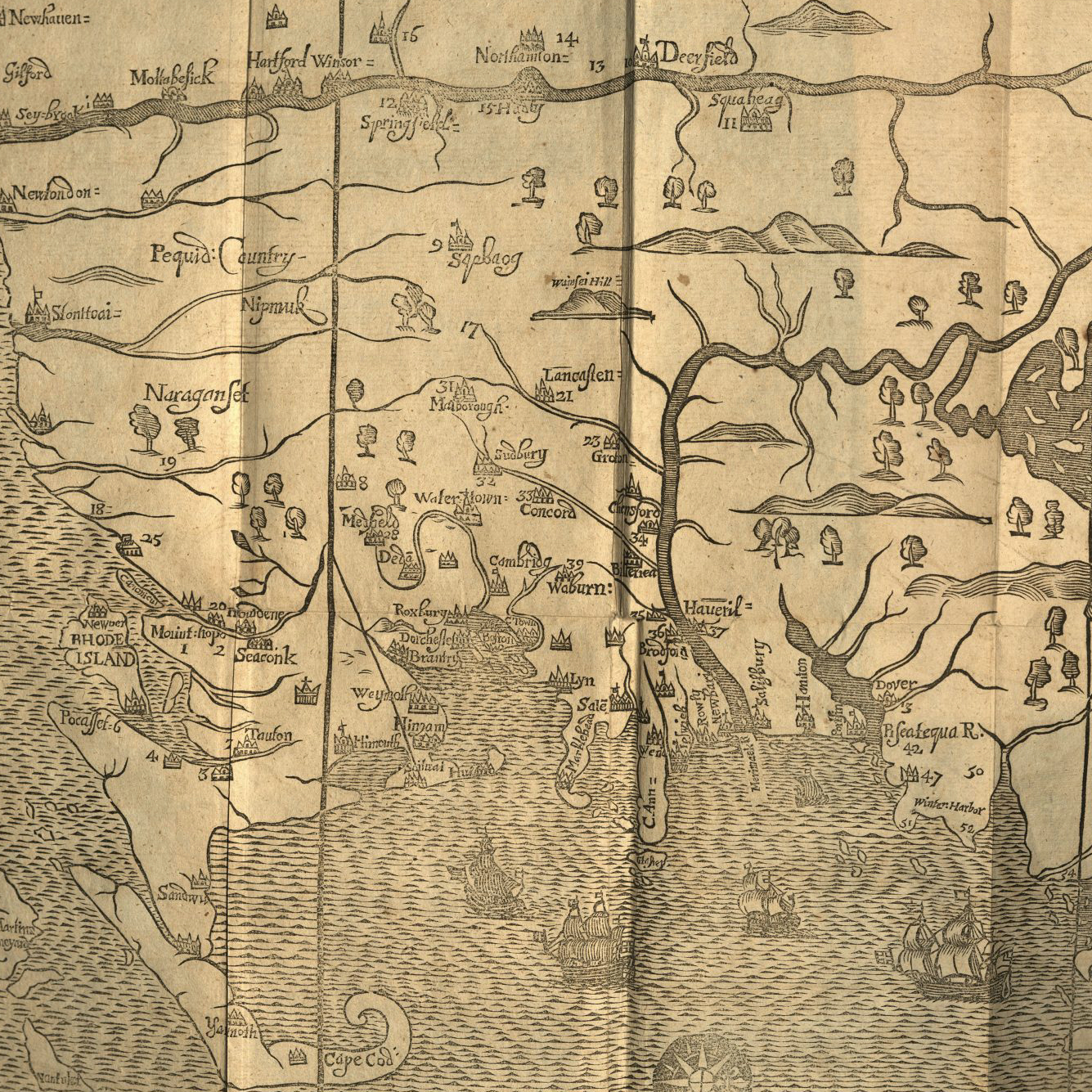


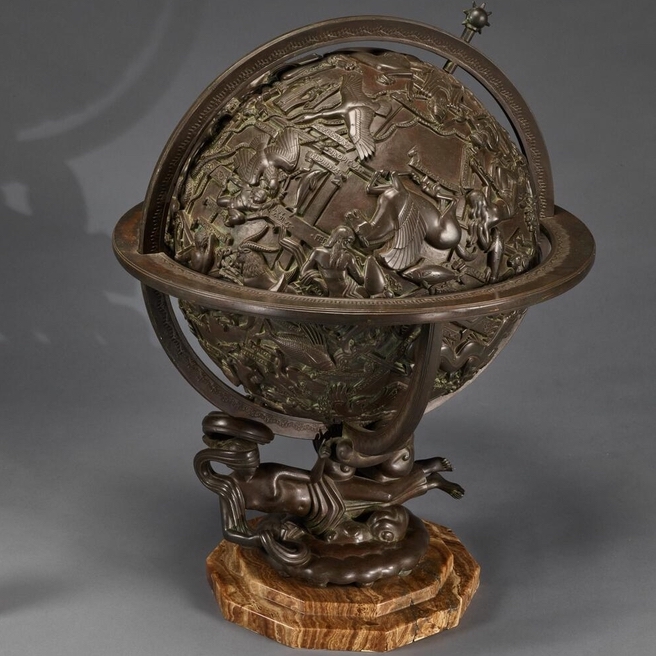






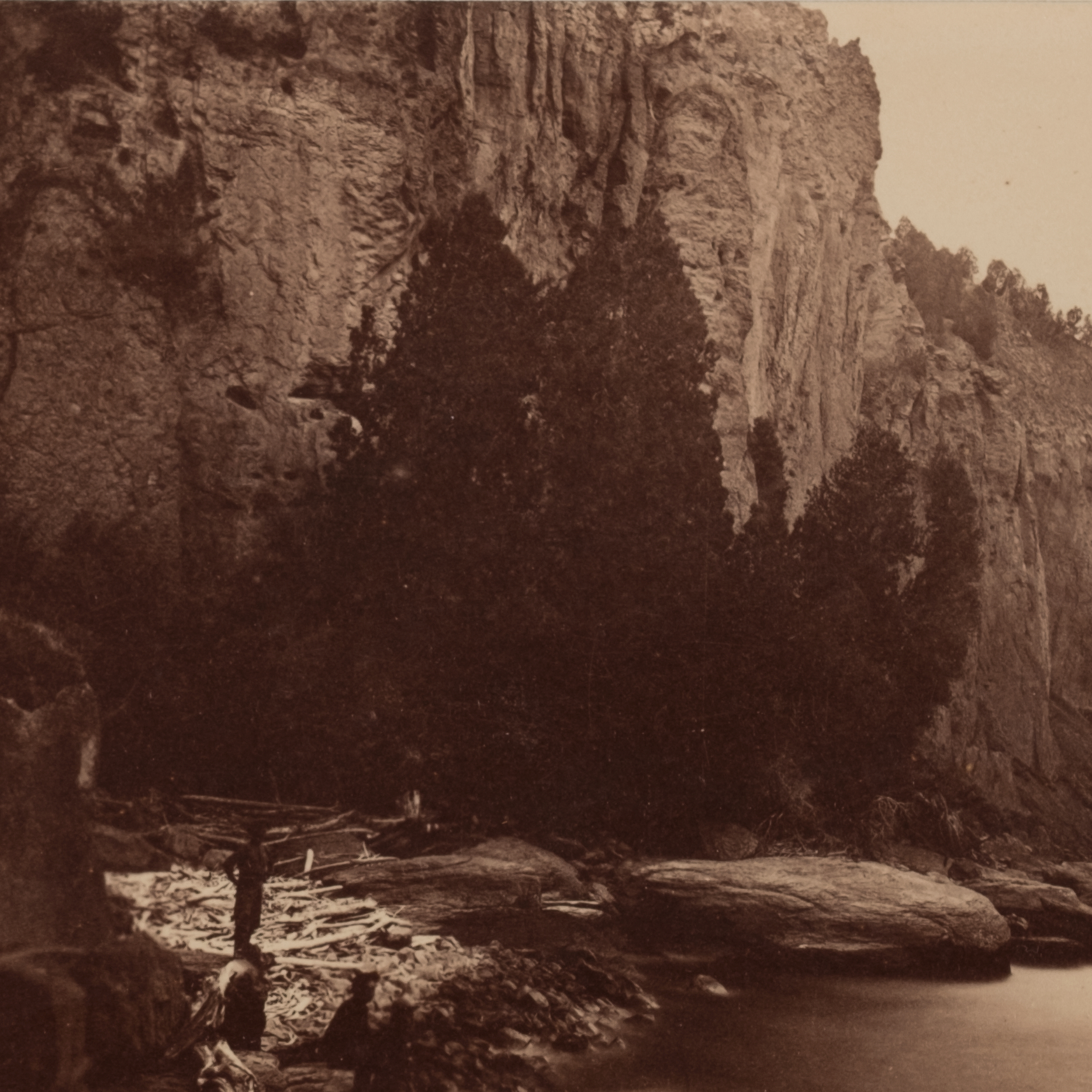

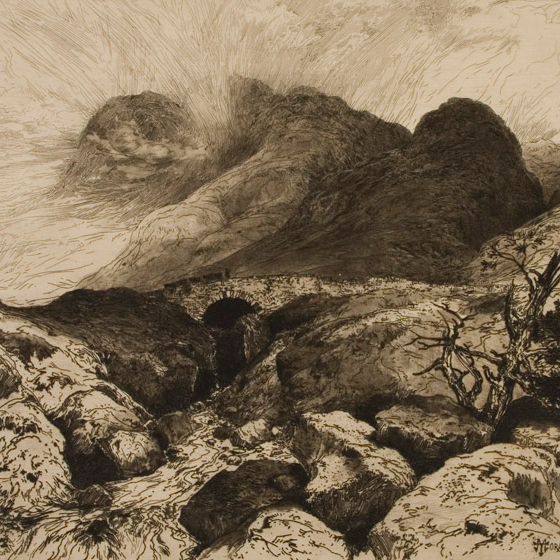
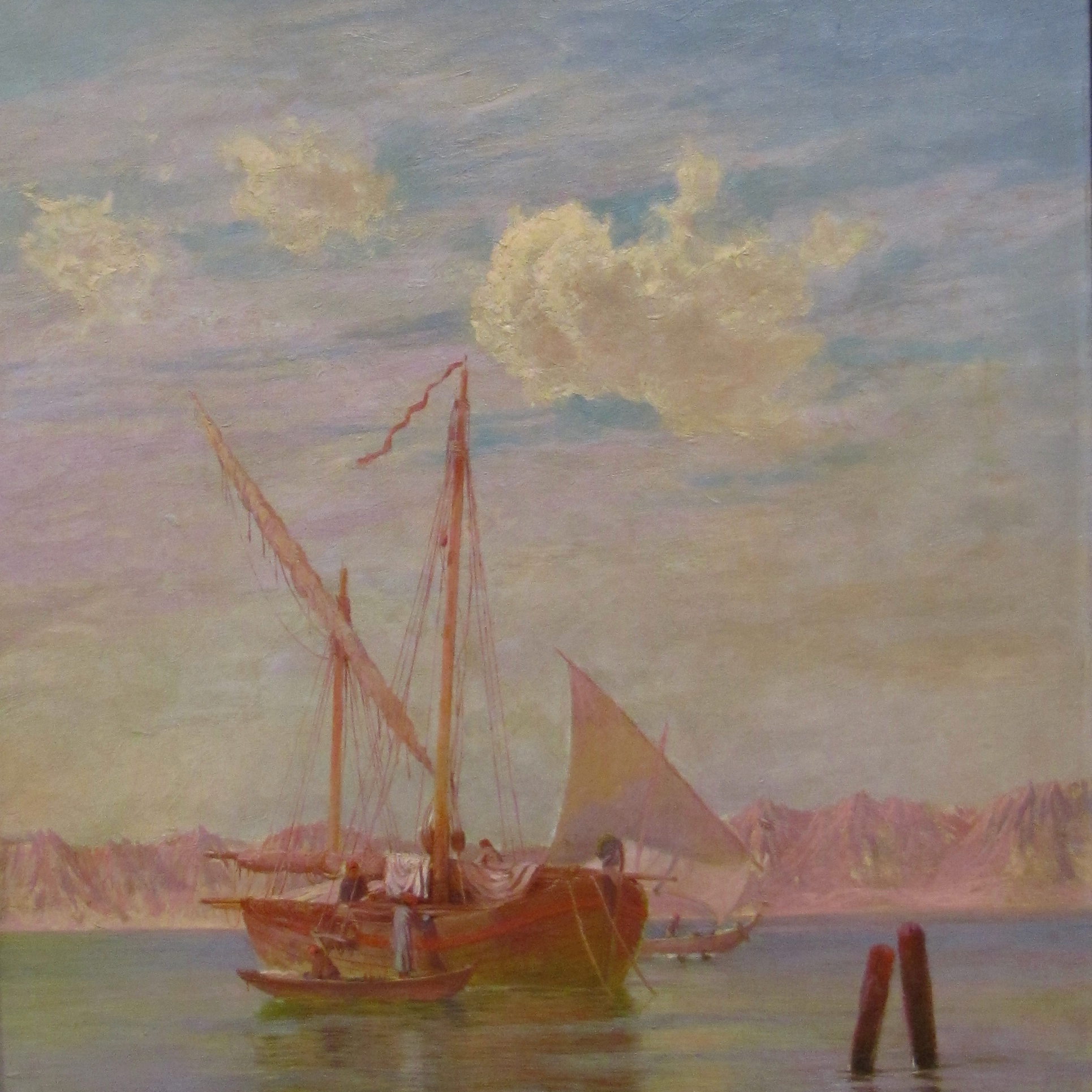

![Howard Russell Butler's [Hydrogen prominences]](https://futureoftruth.media.uconn.edu/wp-content/uploads/sites/2921/2023/01/k6584-square.jpg)



